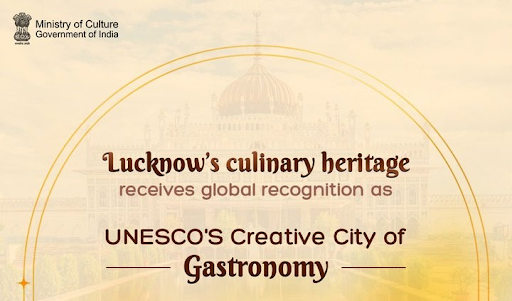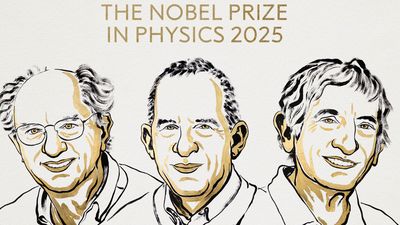Description

Disclaimer: Copyright infringement not intended.
Context
- Archaeologist Vasant Shinde is focusing on testing the hypothesis that the Harappans and Vedic people were the same.
- This research aims to establish a relationship between the Harappan civilization and the people of the Vedic age.
- Shinde and a team of archaeologists are collaborating with Sanskrit scholars to decipher the Rigveda's text to correlate archaeological evidence with Vedic descriptions.
Seeking Evidence
- Textbook Additions: The National Council of Educational Research and Training (NCERT) has added information to the Class 12 History textbook, highlighting DNA evidence from a 4,600-year-old woman's remains, suggesting the Harappans were indigenous people.
- Ritual Platforms and Fire Altars: Excavations at Rakhigarhi revealed ritual platforms and fire altars, paralleling fire worship mentioned in Rigvedic texts. Shinde's team seeks a deeper understanding of these texts to correlate them with archaeological findings.
- Debate on Vedic Period: Historians debate the period of origin for the Vedas, with dates ranging from 1,500 BC to 2,000 BC, while some, including Shinde, propose an earlier date of 2,500 BC, coinciding with Harappan genetic evidence.
Saraswati: A Common Thread
- Rigveda References: The Rigveda frequently mentions the Saraswati river, with descriptions aligning with areas where many Harappan settlements were found.
- Harappan Settlements: Approximately 1,200 of the 2,000 known Harappan settlements were located along the Saraswati river basin.
- Geographical Decline and Resurgence: Cities and towns first emerged during Harappan times (4,500-4,600 years ago), declined, and then reemerged around 2,400 years ago, away from the Saraswati river.
- Modern Saraswati: Today, the Saraswati is known as the Ghagghar-Hakra river, flowing seasonally during the monsoon and originating from the Shivalik hills.

A Debate on Animal Bones
- Horse vs. Wild Ass: Animal bones found in Surkotada, Gujarat, are debated to belong either to domesticated horses (Hungarian researchers) or wild asses (Harvard University).
- Terracotta Figurines: Horselike terracotta figurines from Lothal and Mohenjadaro suggest the presence of horses, although evidence remains inconclusive.
South Asian Ancestor Theory
- Indigenous Harappans: The NCERT revisions assert that Harappans were indigenous to India, dating back to 10,000 BC.
- Sanskrit and Indo-European Languages: Shinde posits that Sanskrit, possibly the base of Indo-European languages, may have originated in India.
- Genetic Findings: DNA extracted from a 4,600-year-old female skeleton at Rakhigarhi revealed no connection to the Steppe or Iranian populations, suggesting distinct Harappan genes.
- Hunter-Gatherer Roots: Genetic chronology traced Harappan ancestry back to 10,000 BC, indicating a split from hunter-gatherers at the Iran-Afghanistan border.
Testing Modern Indians
- DNA Analysis: Shinde’s team analyzed DNA from 3,000 modern South Asians and found genetic similarities to the Harappan woman’s skeleton across diverse regions.
- Common Ancestors: The findings suggest that most Indians have Harappan genes, challenging previous notions of separate 'ancient ancestor north Indian' and 'ancient ancestor south Indian' populations.
- Unified Ancestry: Shinde proposes that Indians should be considered descendants of a common 'ancient ancestor south Asian,' based on genetic evidence from across the subcontinent.
|
PRACTICE QUESTION
Q. Explore the connections between the Harappan and Vedic Ages in ancient India, considering cultural exchange and societal continuity.
|
SOURCE: THE HINDU















